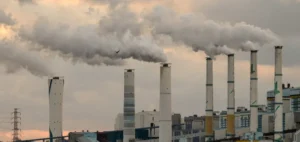U.S.-based Alliance Resource Partners said on its May 2 earnings call that the company shipped more coal to export markets at higher prices in the first quarter of 2023 as domestic utility customers maintained their committed tonnages due to low natural gas costs.
Alliance Resource Partners CEO Joseph Craft said, “With natural gas prices where they are … many of the utilities have cut their contracts. That opened the door for us to just ship more tons into the export market, which in total is actually a higher price than we would have gotten if they had taken the tons under the domestic contracts.” Illinois Basin and Appalachia Basin coal sales prices increased 26.1% and 80%, respectively, in the first quarter of 2022 due to improved realized prices in domestic and export markets.
Alliance forecasts production of 38 million tonnes
In its annual forecast, Alliance said it expects to produce 38 million tons, of which 25.5 million tons to 27 million tons will be Illinois Basin sales and 10.5 million tons to 11 million tons will be Appalachia sales. For 2023, Alliance reported that 34.3 million tons were already committed and priced, including 30.1 million tons for domestic markets and 4.2 million tons for export markets. The selling price of coal per ton sold was estimated at $65 to $67, according to the company’s May 2 earnings report.
Most sales in the second half of the year
Cary Marshall, Alliance’s chief financial officer, said the company expects most of its sales activity for unsold tonnage in 2023 to occur in the second half of the year as the peak summer demand season unfolds. Craft said he sees the company’s domestic customer base remaining stable for the next five years, even as coal plants retire, as the remaining coal plants will need to operate at higher capacity factors as electrification grows.
According to the company’s earnings report, Alliance had a total coal inventory of 1.3 million tons at the end of the first quarter of 2023, up 800,000 tons in the quarter but down 300,000 tons from the year-ago quarter.






















